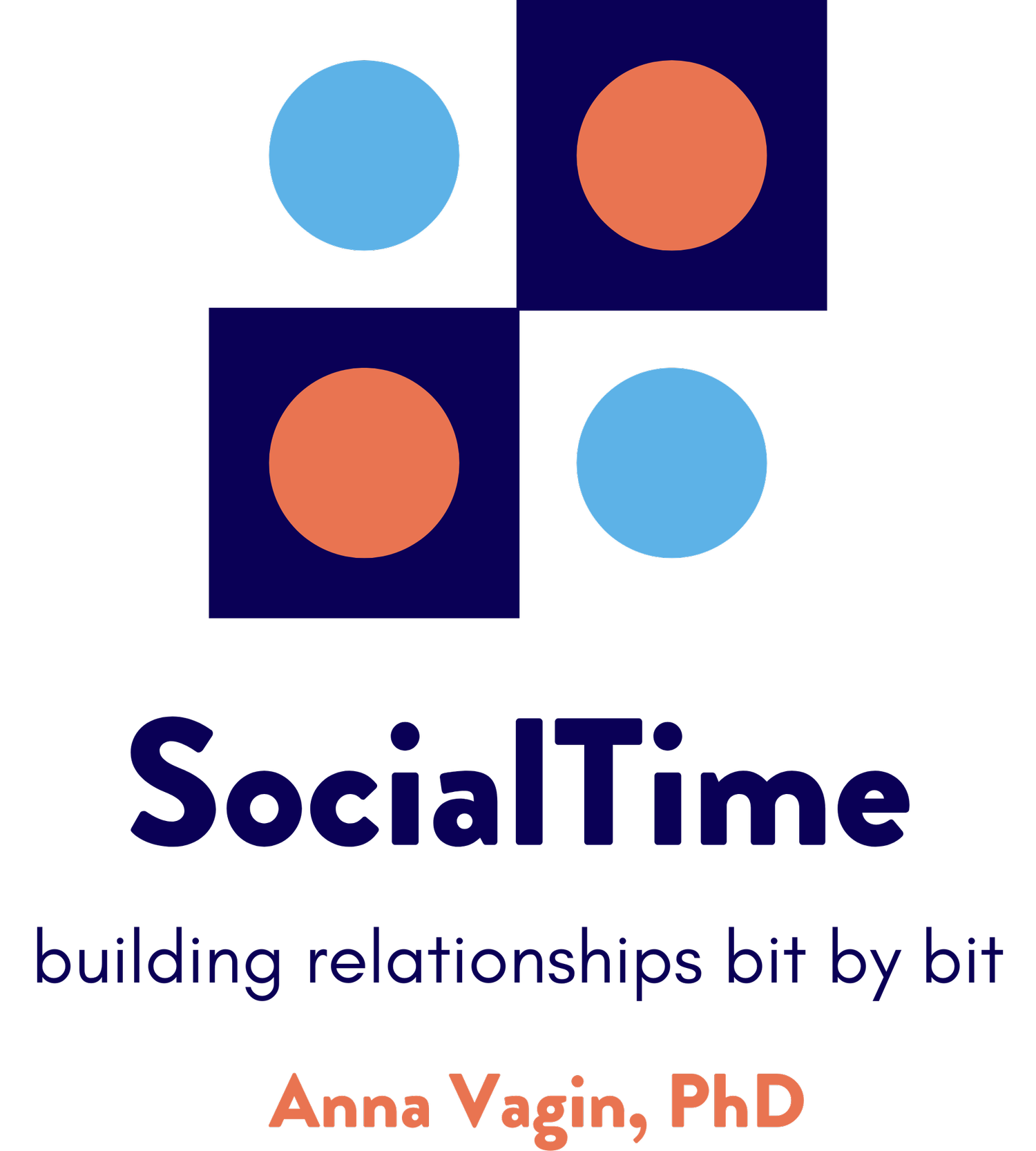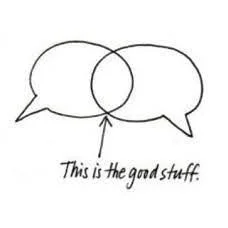Comments: Moving Conversations Forward
Comments share our experiences with others.
I’m recently back from a quick trip to Monterey – I grew up there so it’s always nice to visit – more about that later… On my return, I found this question in my mailbox: “Students are really enjoying working with the Conversation Paths, but how can I support them in using more comments in their conversations – those seem to be the hardest for the students I work with.”
Thanks Amy, for that terrific question! Yes, I have found that students often struggle with comments. I can tell you that “I saw the sea otters at the Monterey Bay Aquarium.” That’s pretty basic. It’s a good start, but comments that reflect personal experience, opinions, thoughts and feelings are more interesting. So, if I say “I saw the sea otters at the Monterey Bay Aquarium and they reminded me of my mom – she loved those cuties!”, I am telling you about my experience. I’m adding details and telling you what made that moment special for me. My comments are reflecting my thoughts and feelings.
A comment that is more expansive and descriptive gives lots of conversational bait – often leading to more questions, as well as comments reflecting my conversational partner’s experiences. That forward-moving conversation allows us to learn more about each other and deepen our connection.
Our students can build their conversational competence by using comments that reflect their experiences. Keeping in mind that “comment” is a very general term that includes opinion/judgement (“I like sea otters too”,) personal experience (“I had a great time in Carmel Valley once”,) and detail (“That drive is so pretty!”,) here are some ideas to try…
Use a great picture book, writing comments on sticky notes
(from In the Town All Year ‘Round by R. S. Berner)
2. Again, using a book, practice specific phrases, like “That reminds me…”
(from Nederland by C. Dematons)
3. Go through a catalog/website or use some photographs and practice expressing judgement (e.g. “That shirt is cute.”, “That backpack looks cool.”) Build those adjectives!
(food from Tuk-TuckThaiFood.com truck in Volcano, HI: spicy, tasty, delicious, unique, wonderful, nearby, friendly, inexpensive, flavorful, hot, tender, shareable, THE BEST!)
4. Justifying why a particular show, music video, video game or movie is our favorite (e.g. “I love “Fancy Like” video by Walker Hayes cuz’ it’s so cute how he dances with his daughter.”) Or discuss what we don’t like – that will include work on using a filter to make sure we don’t offend or hurt someone’s feelings…
5. Use the comments Practice Activities template in CPPEV “I know” vs “I think”:
With so many different directions you can go in, I hope you enjoy your explorations of this super-important conversation frame! Coming next time: Why is it often hard for our students to ask a question after we make a comment?
Best wishes to you for a happy month, Anna.





